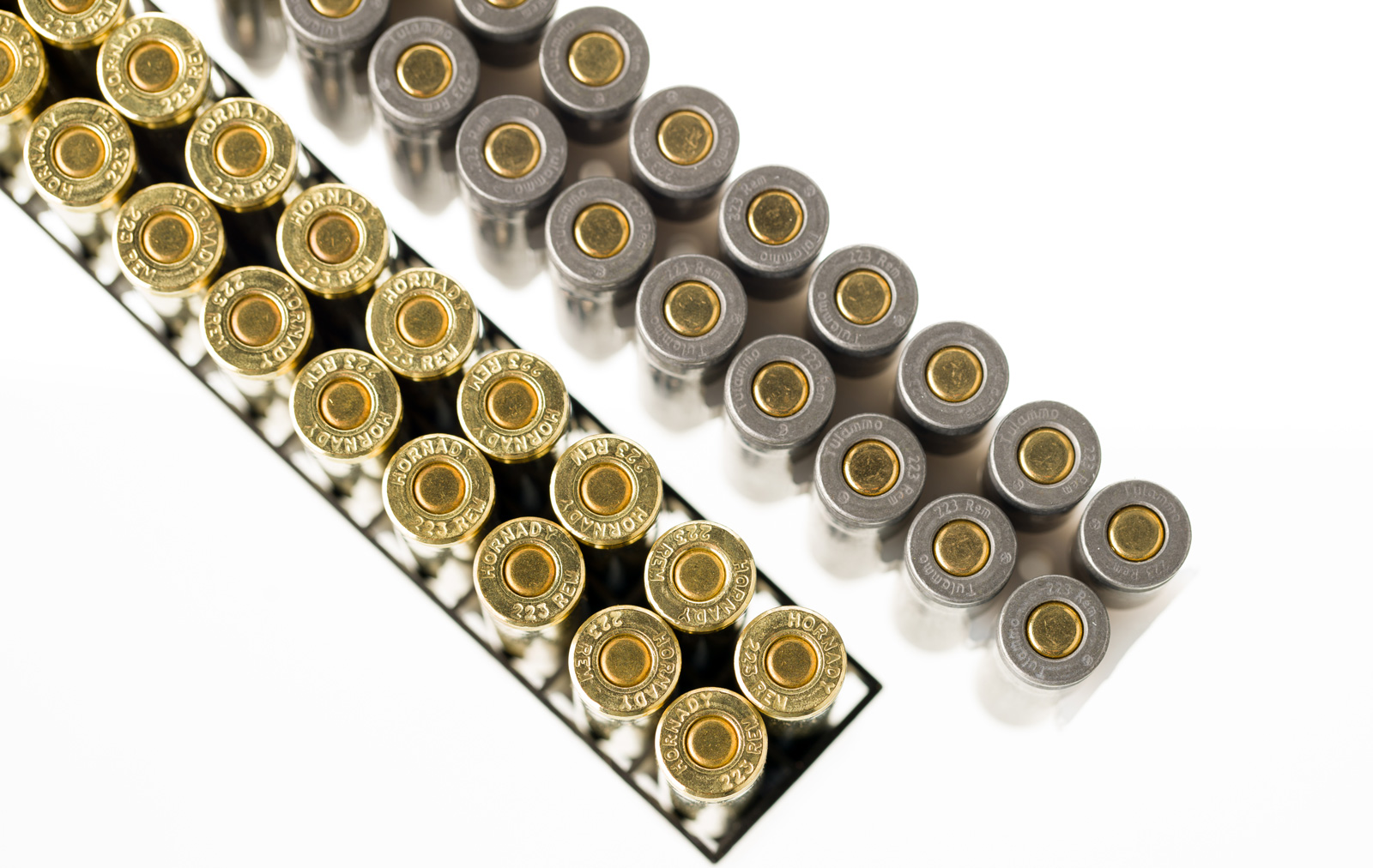Top Guidelines Of Reloading Primers
Table of ContentsThe Single Strategy To Use For Small Pistol PrimersRifle Primers for BeginnersWhat Does Reloading Primers Do?The 7-Minute Rule for Pistol PrimersThe 2-Minute Rule for Primers For Sale
Part of the weapon cartridge for starting propellant burning In firearms and weapons, the primer () is the chemical and/or gadget in charge of starting the propellant burning that will certainly push the projectiles out of the gun barrel. In very early black powder guns such as muzzleloaders, the primer was basically the very same chemical as the main propellant (albeit normally in a finer-powdered type), however put into an exterior flash frying pan, where maybe sparked by an ignition resource such as a slow-moving suit or a flintlock Some muzzleloaders have guides like cap weapon caps.
Instances include pistol cartridges, rifle cartridges, as well as shotgun coverings. Bigger weapons items on the other hand usually use electric priming. In artillery the guides are regularly a different component, positioned inside the barrel to the back of the primary propellant chargebut there are various other examples of guns, including for example some automatic tools, created to fire cartridges with important electric primers.
Pistol Primers for Beginners

With the development of hand-held weapons, this became an unfavorable way of firing a gun. Holding a burning stick while attempting to put a fee of black powder very carefully down a barrel is dangerous, and also trying to hold the gun with one hand while concurrently intending at the target and also looking for the touchhole makes it very tough to fire properly. The initial effort to make the procedure of firing a little arm less complicated was the "matchlock".
, and also dried. After the gun was packed and the touchhole keyed with powder, the burning tip of the match was placed so that the lock would certainly bring it into contact with the touchhole.
Small Pistol Primers Things To Know Before You Buy
This brought the match down to the touchhole, igniting the powder - http://www.rn-tp.com/index.php/news/spring-trip?page=31#comment-126741. With cautious attention, the slow-burning suit might be maintained shedding for lengthy periods of time, and the use of the lock device made relatively precise fire feasible. The next change in ignition technology was the "wheel-lock".

The protected flashpan likewise offered some ability to hold up against poor weather condition. The wheel-lock appreciated just a brief duration of popularity prior to being superseded by an easier, much more robust style.
Primers For Sale Can Be Fun For Anyone
As the name indicates, the flintlock made use of flint instead of iron pyrite. The flint was kept in a spring-loaded arm, called the "cock" from the resemblance of its movement to a pecking hen. The cock rotated with about a 90-degree arc and also was held in the tensioned, or "cocked" position by a trigger. https://www.openlearning.com/u/relodprimrs-rjjds5/.
The "half-cock" placement held the dick halfway back, and made use of a deep notch to ensure that shooting would not launch the dick. Half-cock was a security position, utilized when loading, saving or bring a crammed flintlock. The "full-cock" position held the dick right back and was the placement from which the weapon was fired.
It served as both a flashpan cover and also a steel striking surface area for the flint. The frizzen was hinged and spring-loaded so that it would certainly secure in the open or shut position. When closed, the striking surface was placed to ensure that the flint would certainly strike at the correct angle to generate a trigger.
Getting The Pistol Primers To Work
The flintlock mechanism was simpler and more powerful than the wheel-lock, and the flint and steel supplied a great, reputable resource of ignition. The flintlock continued to be in armed forces solution for over 200 years, and also flintlocks are still made today for historical re-enactments and also muzzle-loading target competitors, and also for seekers that take pleasure in the added challenge that the flintlock provides.
By the middle of the 19th century, the percussion Find Out More or caplock system was well developed., as it was less complex as well as a lot more trustworthy than the flintlock.
The flashpan as well as frizzen were removed and replaced by a little, hollow horizontal cylinder (drum) screwed right into the bored-out and also tapped flash opening and carrying a "nipple area" over which the cap could be fitted. A "hammer" which additionally had half-cock (for filling and also using the cap) as well as full-cock placements changed the penis.